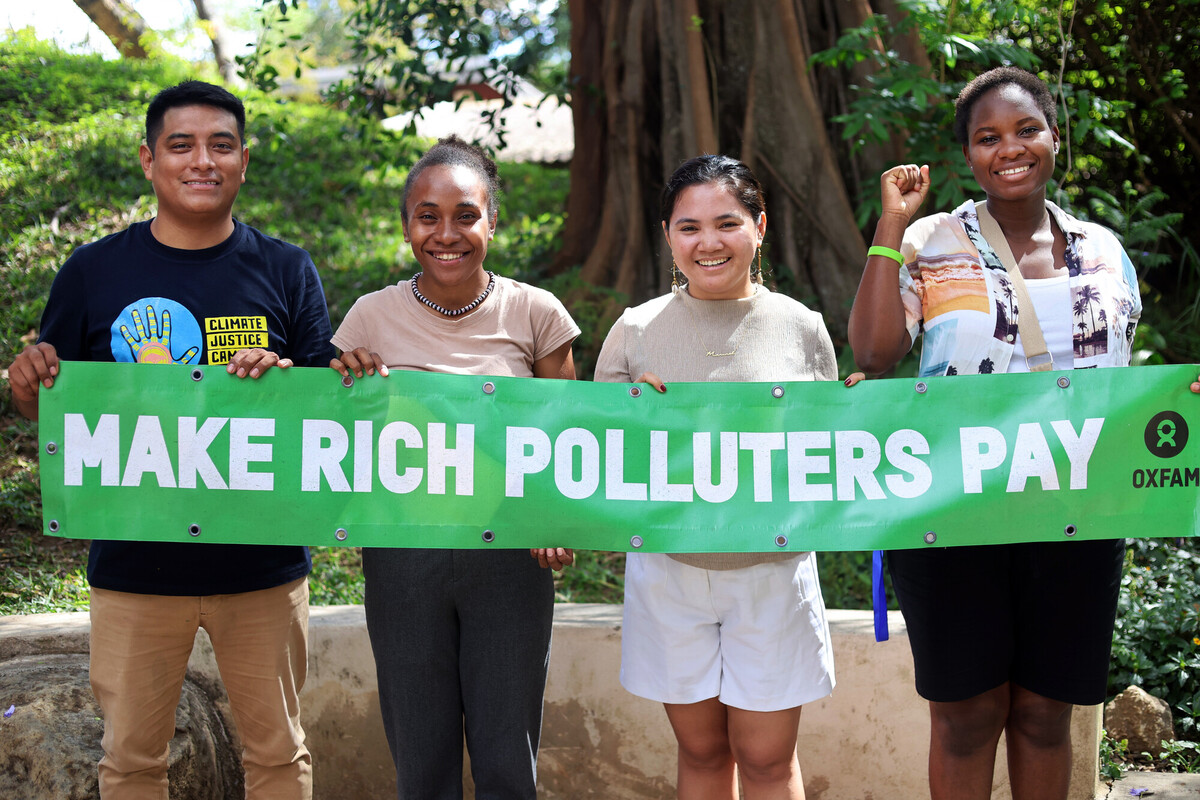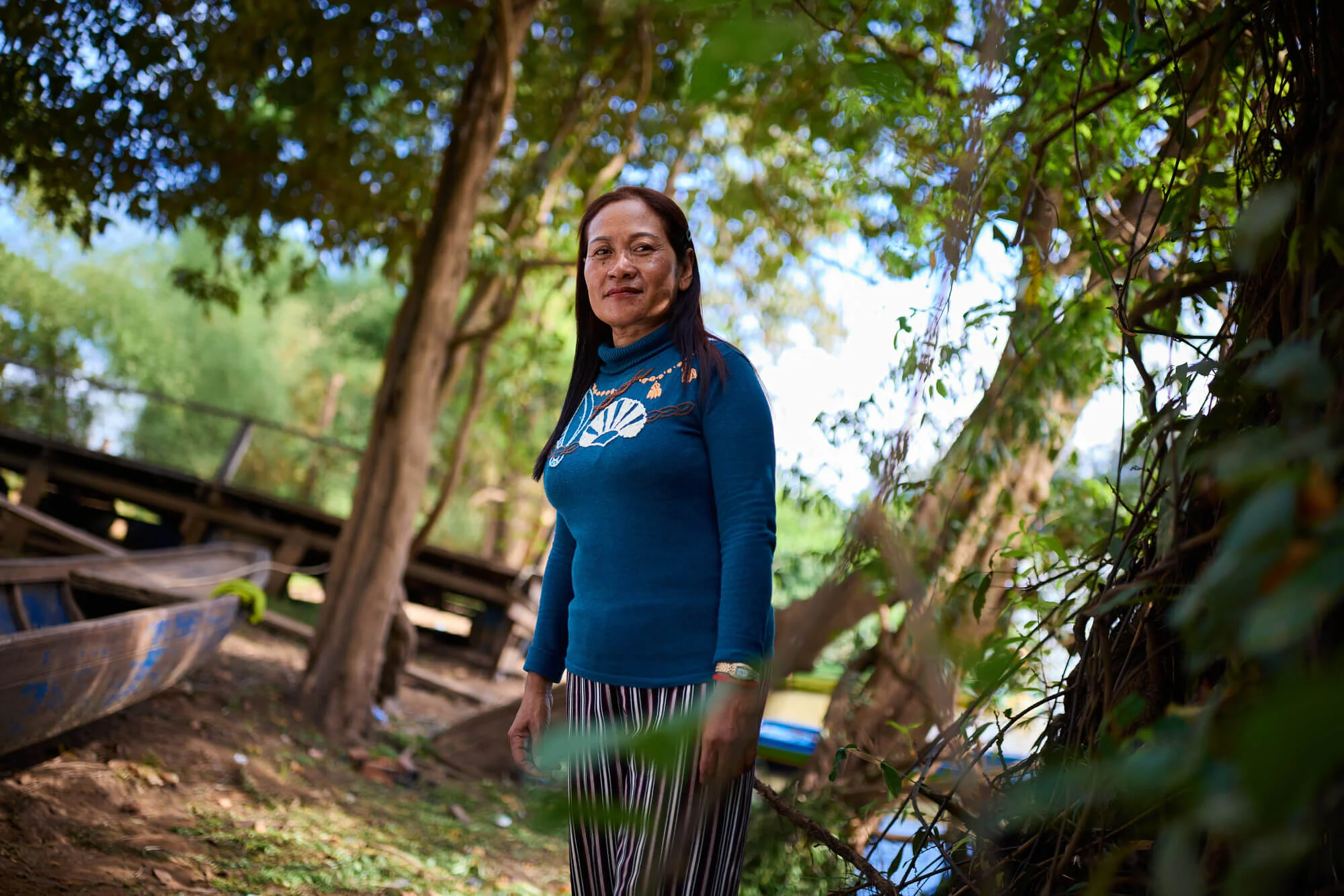Seeds are the first link in the food chain. Yet women seed breeders are invisible in the industrial model of food production and in intellectual property regimes. The roots of food and gender justice lie in keeping seeds in women’s hands and recognizing women’s knowledge of biodiversity.
Health and nutrition begin with food, and food begins with seeds. The seeds of food justice lie in creating food systems where seed is in women’s hands, and women’s knowledge of biodiversity is the foundation of food and nutritional security.
Women have been seed breeders for centuries and have bred much more diversity and traits than all the industrial breeding systems that are formally recognized. Science and culture merge in women’s seed breeding.
Nowhere is this more evident than in India. I have seen how tribal women of Chattisgarh take 21 seeds for a seed germination test, and do not use the seed if more than 3 seeds fail to germinate. In Karnataka, the ceremony of germinating nine seeds for nine days at Ugadi, the New Year in the indigenous calendar, is also a seed germination test (called navdanya). Seed saving, seed selection and seed breeding are sophisticated skills which generations of women have evolved.
Seed is the first link in the food chain. Yet women as seed breeders are invisible in the intellectual property regimes linked to seed. Seed, which used to be saved and bred by women, is now the ‘intellectual property’ of the chemical corporations, which are now also the seed corporations controlling 73 % of the world’s seed supply. When these corporations patent seed, they collect royalties. Royalties on seed mean higher seed costs. Seed in women’s hands is renewable and ‘open-source’, to be freely shared and saved. Patented seed becomes non-renewable. Saving and exchanging seed becomes an intellectual property crime. When women sow seed, they pray ’may this seed be exhaustless’. Corporations work on the philosophy ’may this seed be terminated so our profits are exhaustless’.
“Seed is the first link in the food chain. Yet women as seed breeders are invisible in the intellectual property regimes linked to seed.”
Across the world, women have bred more than 7,000 species of crops for taste, nutrition, pest resilience, drought resilience, flood resilience, and salt resistance. In India alone, women have bred 200,000 rice varieties. Navdanya, a network of seed keepers and organic producers that is spread across 16 states in India, values this biodiversity and has so far successfully conserved more than 5,000 crop varieties. This is knowledge.High costs of seed means debt. In India 250,000 farmers have committed suicide due to debt, mainly in the cotton belt, since seed monopolies were established through the introduction of Bt cotton. Each farmer who commits suicide leaves behind a widow.
Corporations claiming patents on seed through genetic engineering have offered only four crops: corn, soya, canola and cotton. These crops have only two traits (herbicide resistance and Bt toxin) which, instead of controlling pests and weeds, are creating superpests and superweeds. Our seeds and breeding would be more secure in women’s hands!
Not only are women seed breeders who have kept seed as a commons; when measured in terms of health per acre and nutrition per acre, women-run small biodiverse farms that are based on indigenous knowledge and seeds produce more food. Navdanya’s study Health Per Acre shows that small ecological farms can produce twice the nutrition that chemical monoculture farms produce.
Intellectual property rights to seed are justified in the name of producing more food. However instead of biodiverse outputs from a farming system, only the yield of one commodity that leaves the farm is measured. False categories of ‘yields ‘and ‘productivity’ create the illusion of inevitability, surpluses, and success. But more commodities of a few crops on the global markets do not reach those who need food, especially women and children.
“Our seeds and breeding would be more secure in women’s hands!”
The industrial model of food production and the globalized model of distribution are failing on the measure of food justice, because that was never its objective. Its objective is profits, and this is achieved through a dual strategy: selling ever more chemicals and non-renewable, patented seed to farmers, even if this means debt and suicide, and buying cheap commodities from them as raw material producers.All this is done in the name of feeding people and reducing hunger. Yet 1 billion people are hungry, and another 2 billion suffer from food-related diseases. Hunger is not being reduced, because the hunger for profits shapes the food system, from seed to table.
We need a paradigm shift because the old paradigm is failing us. We need to move from monocultures to diversity, from centralized globalized systems to decentralized localized systems, from chemical and capital intensification, to ecological and biodiversity intensification.
“The industrial model of food production and the globalized model of distribution are failing on the measure of food justice, because that was never its objective.”
When I did my study on the green revolution in Punjab in 1984, female foeticide was just beginning. Today more than 35 million girl children have not been allowed to be born in India. When women’s creative and productive roles in agriculture and food systems are destroyed, women become a dispensable sex. In addition to many other benefits, putting women’s seed and biodiversity expertise at the heart of food justice also has the potential to address gender violence and injustice.
To sow the seeds of food and gender justice, the following steps must be taken:
- Women’s seed breeding skills need to be recognized in agriculture.
- Farming systems need to be based on women’s knowledge of diversity for increasing output of nutrition, increasing resilience to climate change, and reducing inputs of land, water and capital.
- Community seed banks should be created and women’s participatory seed breeding should become the backbone of food security.
- Laws of intellectual property need to change. The World Trade Organization’s Agreement on Trade Related Aspects of Intellectual Property Rights (TRIPS) has an article which imposes patents and intellectual property rights on seed and life forms. This clause was to have been reviewed in 1999. Most countries had called for a stop to patents on life, which includes seed. This mandatory review should be completed, and seed removed from patentability, since seeds are not an invention, and hence not a patentable subject matter.
- Seed laws that are an attempt to make indigenous, open-pollinated seeds illegal must be revoked. Instead we need to shape laws that recognize seed rights as women’s rights, and keep seed as a commons.
Download: Seeds in women’s hands
by Vandana Shiva, philosopher, feminist and environmental activist



